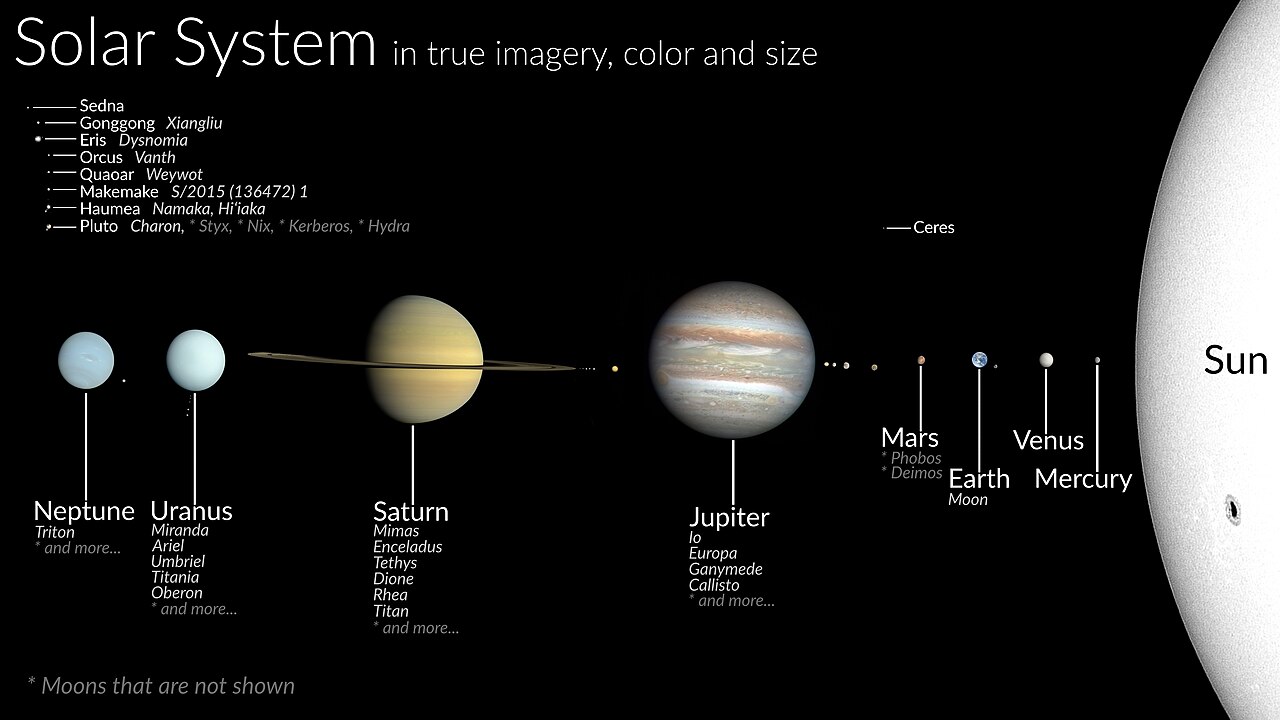Science has explained a lot, from how stars burn to how our cells function. Still, not every question has a clear answer. Some mysteries continue to puzzle even the brightest minds. Whether it’s the nature of dreams or the secrets of the universe, certain topics remain unsolved. These nine examples reveal just how much we have yet to uncover, even in an age filled with discovery.
1. Why We Dream

Dreams happen during REM sleep, but no one fully understands their purpose. Some researchers believe they help process emotions or store memories, while others think they are just random brain activity. Despite decades of research, there is no single explanation. Dreams remain deeply personal and strangely unpredictable, making them one of the most puzzling parts of human experience. Science still doesn’t know exactly why we dream at all.
2. What Consciousness Really Is

We all know what it feels like to be aware, yet science still can’t explain how it works. Consciousness includes thoughts, emotions, and self-awareness, but its true nature is a mystery. Brain scans can track activity, but they don’t show how that turns into personal experience. Some think it’s all about neurons, while others believe there’s more to it. Despite progress in neuroscience, consciousness remains one of science’s deepest unanswered questions.
3. How Placebo Effects Actually Work

The placebo effect can ease pain, improve sleep, and calm symptoms, even without real medicine. Just believing a treatment will work often leads to real physical changes. Brain scans show shifts in activity, but scientists still don’t fully understand why belief has this power. It remains one of the most fascinating mind-body mysteries in medicine, with no clear answer on how or why it truly works.
4. Where All the Missing Matter Is

When scientists study the universe, most of it appears to be missing. The matter we can observe, such as stars, planets, and galaxies, makes up only a small fraction. The rest is believed to be dark matter and dark energy, yet their exact nature is unknown. We cannot see or touch them, but their effects on gravity are real. Until direct evidence is found, this remains one of the greatest puzzles in modern space science.
5. How Life Began on Earth

Earth formed about 4.5 billion years ago, and life showed up soon after. But how did lifeless chemicals turn into living cells? Scientists have theories involving deep-sea vents, volcanic heat, or lightning hitting early oceans. Still, no one has recreated the exact process in a lab. A key step is missing. Until that gap is filled, the origin of life remains one of the oldest and most puzzling questions in science.
6. Why We Yawn

Yawning is something everyone does when tired, bored, or after seeing someone else do it. Yet science still doesn’t fully understand why it happens. Some researchers think it cools the brain or helps us stay alert. Others believe it may serve as a social signal. It gets stranger when you realize yawns are more contagious among close friends or family. Despite all the theories, yawning remains a strange and unsolved mystery in biology.
7. Why Time Only Moves Forward

Time always seems to move from the past into the future, but science cannot fully explain why. Many laws of physics work the same in either direction, yet we only experience time moving one way. Some researchers connect this to entropy, where disorder increases over time. Still, this idea is not fully proven. The fact that we can remember yesterday but not tomorrow remains one of the most puzzling mysteries in science.
8. What Causes Gravity at Its Core

Gravity holds us to Earth and keeps planets in orbit, but its true nature is still a mystery. Newton described its effects, and Einstein saw it as a curve in space and time. Yet gravity is the only force that doesn’t fully fit with quantum physics. Scientists have not found a particle that carries gravity or a theory that connects it to the others. Until they do, the real cause of gravity remains unknown.
9. Why Humans Have Emotions

Humans feel a wide range of emotions, from joy and fear to jealousy and guilt. Some clearly help us survive, like fear warning us of danger. Others, such as embarrassment, are harder to explain. While brain scans show where emotions occur, science still can’t say exactly why we feel them. Emotions are deeply tied to our thoughts and social lives, but their full purpose and origin remain one of the most complex questions in psychology.


